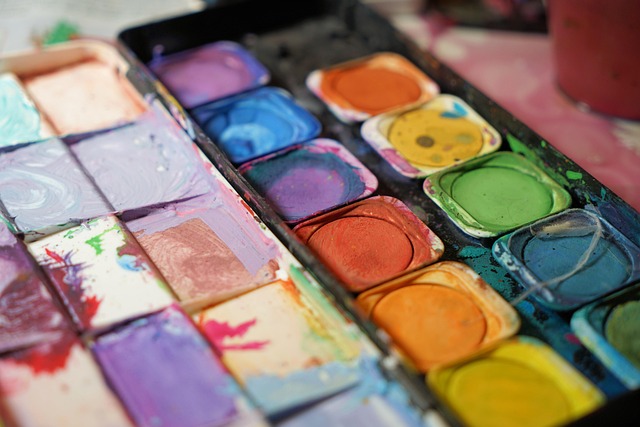Mastering Freehand Drawing Techniques: A Painter’s Guide
Freehand drawing is not just a skill; it’s an artistic expression that allows your imagination to flow unrestricted. For painters, mastering this technique can serve as a foundation for captivating visuals that tell stories beyond the canvas. Whether you’re a novice artist just starting out or an experienced painter looking to enhance your abilities, understanding freehand drawing is essential to your creative journey.
The Art of Freehand Drawing
At its core, freehand drawing is about spontaneity and freedom. It encourages you to break away from rigid rules and embrace your innate talent. This method embraces imperfections, capturing the essence of your subject without the constraints of precision tools. As you draw without restrictions, you create a unique visual language that speaks to your audience.
Tools of the Trade
Before diving into the techniques, it’s important to equip yourself with the right tools. A simple sketchbook and a variety of pencils or charcoal sticks can provide the ultimate playground for your freehand drawing adventures. Don’t shy away from experimenting with colors, as vibrant hues can enliven your sketches, setting the stage for your painting process.
Embracing the Process
Freehand drawing is all about practice and patience. Begin by sketching simple shapes and gradually move to more complex subjects. Allow your hand to become familiar with the rhythm of creating lines, curves, and textures. Each stroke is a step in your artistic journey, and over time, you’ll notice improvement and increased confidence in your drawings.
Techniques to Explore
Gesture Drawing
One of the most liberating techniques in freehand drawing is gesture drawing. This method focuses on capturing the quick movements of a subject, allowing you to convey action and emotion. Practice with short time limits—say, 30 seconds to one minute—to hone your ability to interpret forms rapidly. This exercise builds your observational skills while fostering an intuitive understanding of your subject.
Contour Drawing
Contour drawing emphasizes the outlines of your subject rather than intricate details. As you trace the edges, you’ll develop a keen eye for proportion and placement. The beauty of contour drawing lies in its simplicity; it challenges you to see beyond surface details, encouraging a deeper connection with your subject.
Integrating Freehand Drawing into Painting
Transforming your freehand sketches into paintings adds another layer of depth to your artwork. Use your sketches as a foundation, allowing them to guide your composition and color choices. When you feel comfortable with your drawings, experiment with transferring them onto your canvas using various painting techniques. This transition not only enriches your painting experience but also brings a unique narrative dimension to your artwork.
Finding Inspiration
Inspiration for freehand drawing can come from various sources. Nature, urban landscapes, or even everyday objects can serve as muses. Carry a sketchbook wherever you go, capturing fleeting moments and ideas that resonate with you. Over time, you’ll build a treasure trove of sketches that can fuel your painting projects and ignite your creativity.
Final Thoughts on Freehand Drawing
Embrace the journey of freehand drawing as an integral part of your painting practice. Allow its spontaneity to invigorate your creative spirit, and don’t shy away from mistakes; they often lead to the most profound artistic breakthroughs. Remember, every stroke is a step toward mastering your craft—you’re not just drawing; you’re telling a story, one line at a time.




